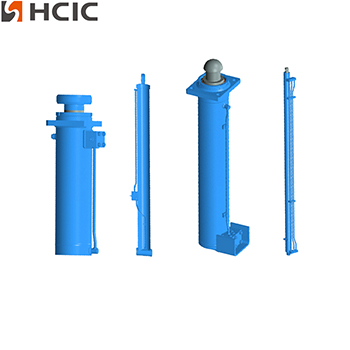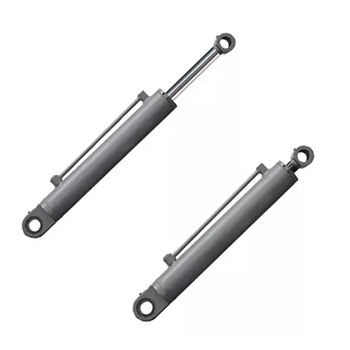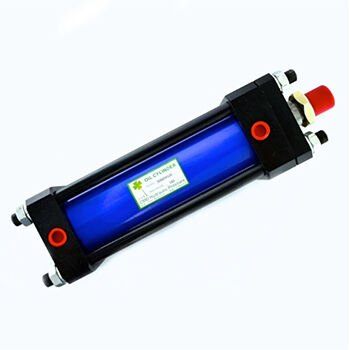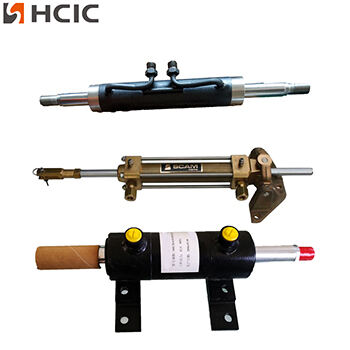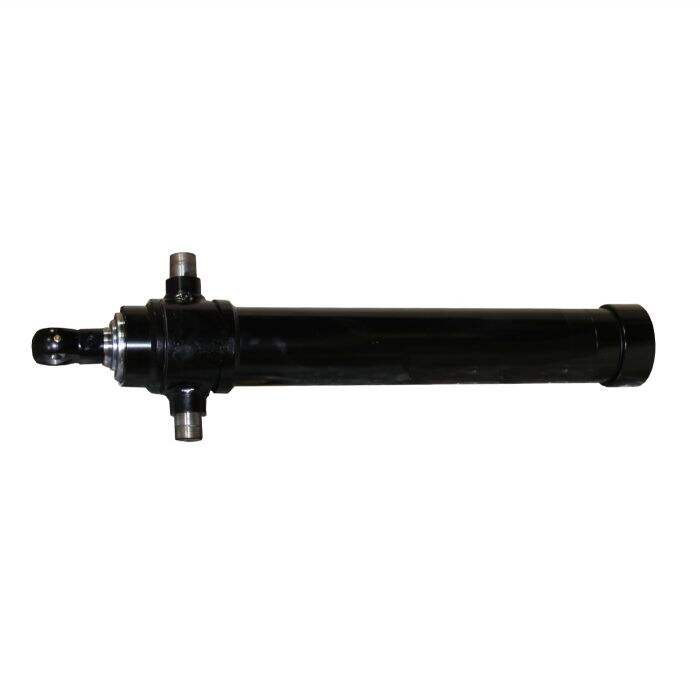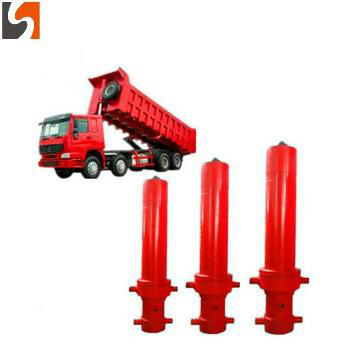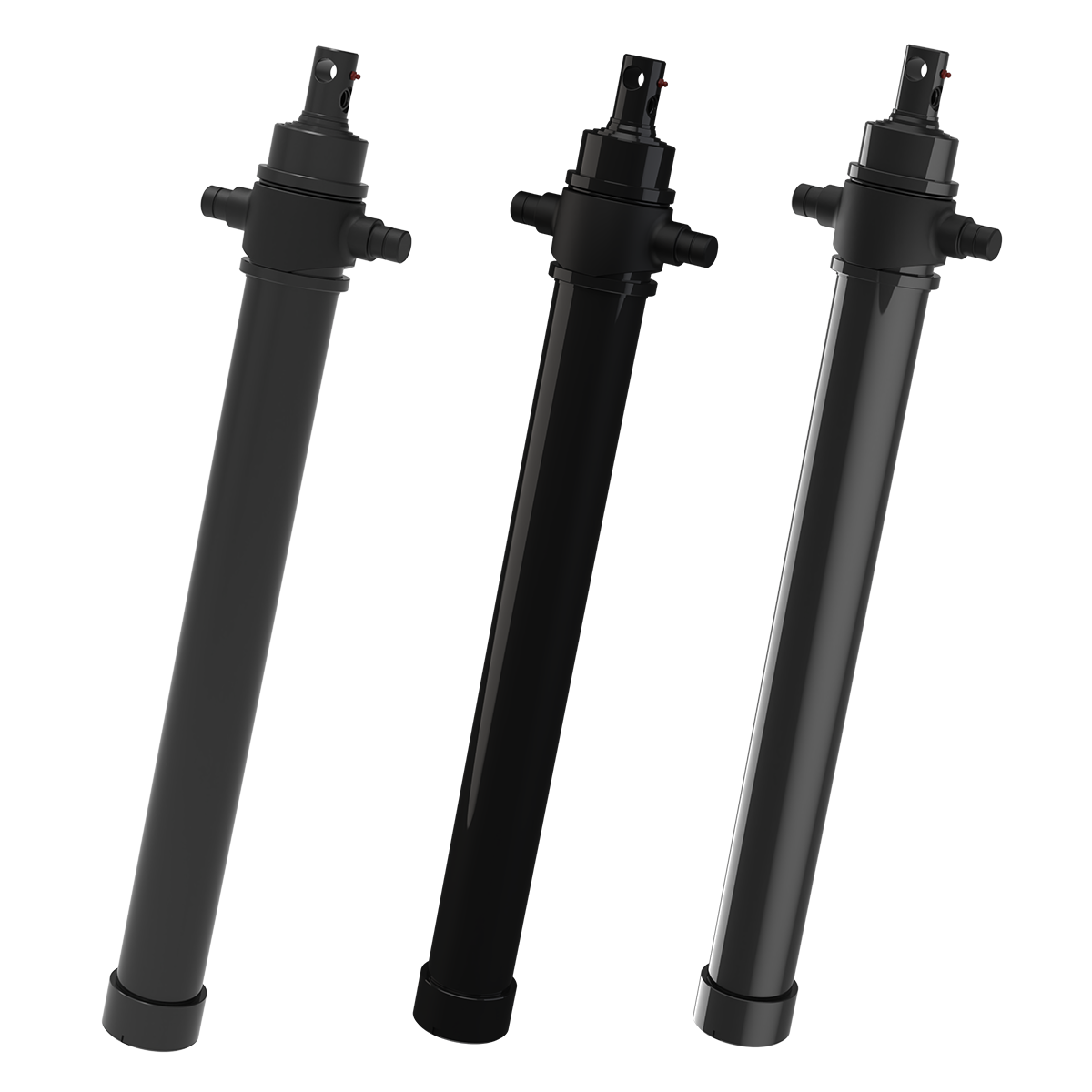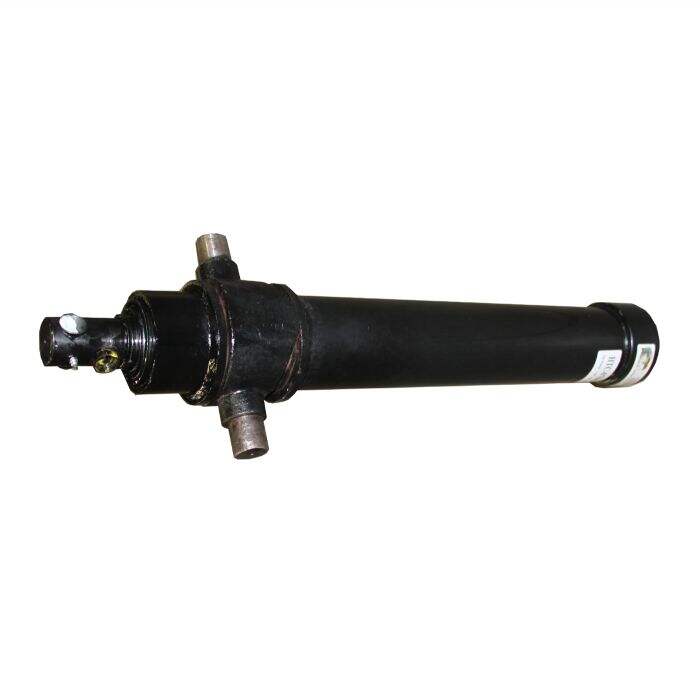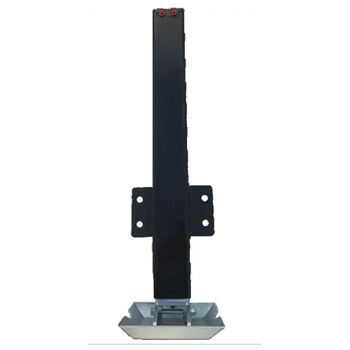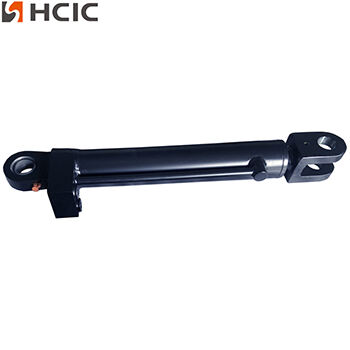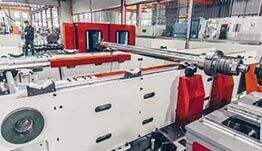Hydraulic Cylinders for Loaders Design, Applications, and Maintenance
Hydraulic Cylinders for Loaders: A Comprehensive Guide
Introduction
Hydraulic cylinders are pivotal components in loaders, providing the necessary force to lift, lower, and manipulate heavy loads. These cylinders convert hydraulic energy into mechanical force, enabling loaders to perform a wide range of tasks efficiently. This essay will delve into the various aspects of hydraulic cylinders for loaders, including their design, types, applications, maintenance, and advancements in technology.
Understanding Hydraulic Cylinders
Hydraulic cylinders are mechanical actuators that produce linear motion and force by using pressurized hydraulic fluid. They consist of several key components:
- Cylinder Barrel: The main body that houses the piston and hydraulic fluid.
- Piston: Moves within the barrel, creating pressure differences.
- Piston Rod: Attached to the piston, extends and retracts to perform work.
- Seals: Prevent fluid leakage and maintain pressure.
- End Caps: Secure the ends of the cylinder and house the seals.
Types of Hydraulic Cylinders
Hydraulic cylinders for loaders come in various types, each suited for specific applications:
- Single-Acting Cylinders: Hydraulic fluid acts on one side of the piston, providing force in one direction. Gravity or a spring returns the piston to its original position.
- Double-Acting Cylinders: Hydraulic fluid acts on both sides of the piston, providing force in both directions. These are commonly used in loaders for lifting and lowering tasks.
- Telescopic Cylinders: Consist of multiple stages that extend sequentially, providing a long stroke from a compact retracted length. Ideal for applications requiring significant extension.
Design and Construction
The design and construction of hydraulic cylinders are critical to their performance and durability. Key considerations include:
- Material Selection: Common materials include carbon steel, alloy steel, and stainless steel. The choice depends on the application and environmental conditions.
- Welding Processes: Techniques such as MIG, TIG, and laser welding are used to ensure strong and durable joints.
- Sealing Systems: High-quality seals are essential to prevent leaks and maintain pressure. Common materials for seals include rubber, polyurethane, and PTFE.
- Surface Treatments: Coatings such as chrome plating and nitriding enhance the wear resistance and corrosion protection of the cylinder components.
Applications in Loaders
Hydraulic cylinders are integral to the operation of loaders, performing various functions such as:
- Lifting and Lowering: Cylinders control the movement of the loader arms, enabling the lifting and lowering of loads.
- Tilting: Tilt cylinders adjust the angle of the loader bucket, allowing for precise control of material handling.
- Steering: Steering cylinders assist in maneuvering the loader, providing smooth and responsive control.
Maintenance and Troubleshooting
Regular maintenance is crucial to ensure the longevity and performance of hydraulic cylinders. Key maintenance tasks include:
- Inspection: Regularly check for signs of wear, leaks, and damage. Pay attention to the condition of seals and the surface of the piston rod.
- Lubrication: Proper lubrication reduces friction and wear on moving parts. Use the recommended hydraulic fluid and follow the manufacturer's guidelines.
- Seal Replacement: Over time, seals may wear out and need replacement. Use high-quality seals and ensure proper installation to prevent leaks.
- Fluid Maintenance: Regularly check and maintain the hydraulic fluid level. Replace the fluid if it becomes contaminated or degraded.
Advancements in Hydraulic Cylinder Technology
Recent advancements in hydraulic cylinder technology have led to improved performance, efficiency, and durability. Some notable developments include:
- Electro-Hydraulic Actuators: Combining hydraulic power with electronic control, these actuators offer precise and responsive control, enhancing the performance of loaders.
- Smart Cylinders: Equipped with sensors and monitoring systems, smart cylinders provide real-time data on performance and condition, enabling predictive maintenance and reducing downtime.
- Advanced Materials: The use of advanced materials such as composites and high-strength alloys has improved the strength-to-weight ratio and corrosion resistance of hydraulic cylinders.
Conclusion
Hydraulic cylinders are essential components in loaders, providing the necessary force and motion for various tasks. Understanding the different types, design considerations, and maintenance requirements is crucial for ensuring optimal performance and longevity. With advancements in technology, hydraulic cylinders continue to evolve, offering enhanced capabilities and efficiency. By staying informed about these developments and adhering to proper maintenance practices, operators can maximize the productivity and reliability of their loaders. HCIC is a professional hydraulic manufacturer, mainly engaged in hydraulic system design, manufacture, installation, transformation, commissioning and hydraulic components brand sales and technical services.We hope that our product can help to save your cost and improve your quality. For More details please email us "[email protected]" or google search "HCIC hydraulic"

 EN
EN
 AR
AR
 BG
BG
 HR
HR
 CS
CS
 DA
DA
 NL
NL
 FI
FI
 FR
FR
 DE
DE
 EL
EL
 HI
HI
 IT
IT
 JA
JA
 KO
KO
 NO
NO
 PL
PL
 PT
PT
 RO
RO
 RU
RU
 ES
ES
 SV
SV
 CA
CA
 TL
TL
 IW
IW
 ID
ID
 LV
LV
 LT
LT
 SR
SR
 SK
SK
 UK
UK
 VI
VI
 HU
HU
 TH
TH
 TR
TR
 FA
FA
 MS
MS
 GA
GA
 CY
CY
 KA
KA

